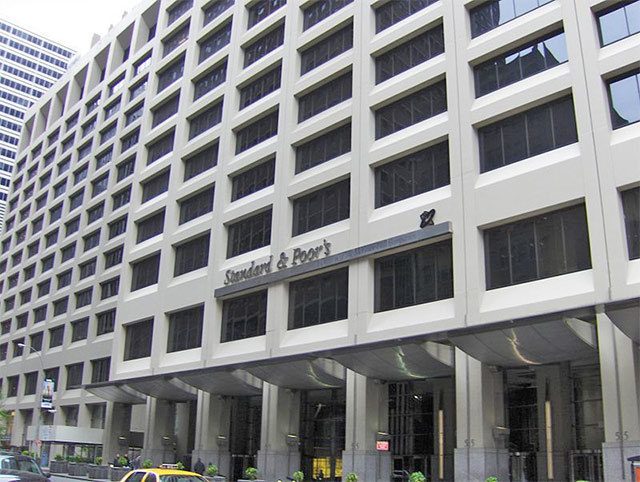SUMMARY
This is AI generated summarization, which may have errors. For context, always refer to the full article.

MANILA, Philippines – Standard & Poor’s (S&P) has slashed anew its economic growth forecast for the Philippines this year.
In its recent report entitled “Asia Pacific growth slips as China wobbles and trade tumbles further,” S&P lowered the gross domestic product (GDP) growth forecast for the Philippines to 5.6% this year and 2016, amid the projected slower growth, higher volatility, and more risks in the region due to the weak trade data and financial turbulence caused by China.
This is the second time S&P revised the GDP growth outlook for the Philippines.
In July, the debt watcher lowered the GDP growth projection to 6% instead of 6.2% this year, and to 6% instead of 6.4% next year. (READ: S&P cuts 2015, 2016 PH GDP forecast)
Growing faster
Despite the lower forecast, the Philippines is expected to grow faster compared to Indonesia (4.9%), Malaysia (4.7%), Thailand (3.1%), Singapore (2.4%), and Taiwan (1.5%).
S&P retained the GDP growth forecast for China at 6.8% this year, but lowered 2016’s projection to 6.3% instead of 6.6%.
The rating agency lowered the GDP growth target for the Association of Southeast Asian Nations (ASEAN) 4 that includes the Philippines, Indonesia, Malaysia, and Thailand to 4.6% instead of 4.9% this year, and to 4.8% instead of 5.1% in 2016.
S&P said growth in the major Southeast Asian countries is not as export-dependent as in the tiger economies but the external sector would still present a headwind for this group.
“We have lowered all GDP forecasts for the ASEAN 4 economies except in Malaysia. Although these economies are still exposed to weaker external demand, strong domestic demand can provide sizable offsets and keep growth at a decent pace, particularly in the Philippines, Indonesia, and to a lesser extent, Malaysia,” it added.
S&P is the second debt watcher that lowered the GDP growth projection for the Philippines.
Moody’s Investors Service earlier slashed the country’s GDP growth forecast to 5.7% from 6.7% this year, and to 6% from 6.5% in 2016.
Fitch Ratings is now reviewing its GDP growth forecast for the Philippines projected at 6.3% in 2016.
The Philippines booked a slower growth of 5.3% in the first half of the year from 6.4% in the same period in 2014, on the back of weak global demand and government underspending.
The country’s GDP growth accelerated to 5.6% in the second quarter of the year from the revised 5% in the first quarter of the year on improved government expenditures.
Government economic managers earlier penned 7% to 8% GDP growth for the Philippines this year.
S&P sees the country’s inflation easing to 2.1% this year before accelerating to 4% next year from 4.2% in 2014. The Bangko Sentral ng Pilipinas (BSP) sees inflation averaging 1.9% or lower than the target of 2% to 4% for this year.
The debt watcher expects the BSP to keep the overnight borrowing rate unchanged at 4% this year but sees a 75 basis points increase by the end of 2016.
“On monetary policy, we continue to expect central banks to maintain their very accommodative stances. We think that central banks across Asia-Pacific will eventually follow the US Federal Reserve higher, but this will generally not be one-for-one, and will take place with a lag. We do not foresee any rate rises in the region until at least the second half of 2016,” S&P said.
The rating agency sees the peso averaging P45.20 to $1 this year and P46.10 to $1 next year, from P44.40 to $1 in 2014. (READ: PH peso breaches P47:$1, recovers to P46.93)
“The recent developments in China have weakened most currencies in the region. The combination of equity market volatility, the yuan regime change, and suspicions about growth have led to a sell-off in risk assets, sending the currencies of emerging Asia (and emerging markets globally) lower,” it said. – Rappler.com
Add a comment
How does this make you feel?
There are no comments yet. Add your comment to start the conversation.